Iberis: varieties, planting and care
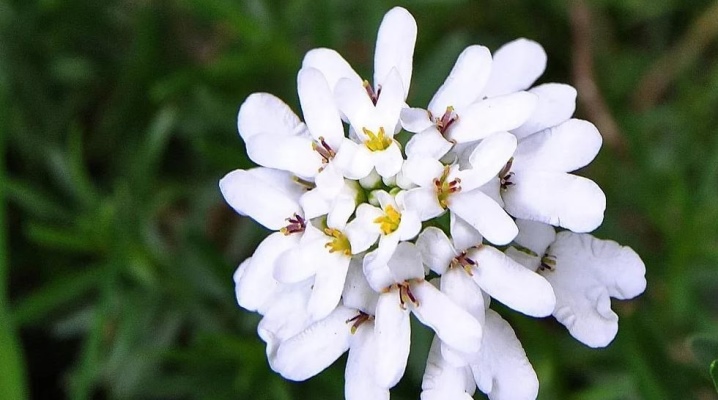
Iberis is a plant that comes from the cruciferous family. It has small and delicate flowers with a pleasant aroma. Iberis is widely used in both floristry and landscape design. The culture is unpretentious and undemanding in matters of care, it can withstand temperature changes without problems. Even an inexperienced florist can grow Iberis on their own.

Description
Iberis is a plant that relies on a root in its growth in a rod-like manner. For this reason, replanting it can be problematic. Shoots of culture largely depend on the specific species. They can be both erect and creeping. The foliage is simple in structure. The leaf blades are small in size, characterized by a dark green color. A similar shrub is effectively decorated with inflorescences that have an interesting umbrella shape. They are collected from a large number of miniature flowers, the diameter of which rarely exceeds 1 cm.

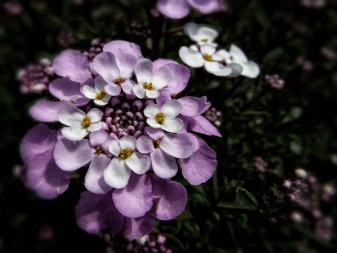
Iberis color is always solid and lush. Behind a large number of rich inflorescences, foliage is not always easy to see. The color of the flowers depends on the specific variety of the dwarf shrub. There are snow-white, lilac, pink, lilac and red shades. The inflorescences are fragrant, which gives the garden plot a unique freshness of air and a special, alluring aroma.
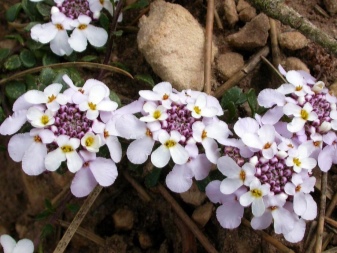
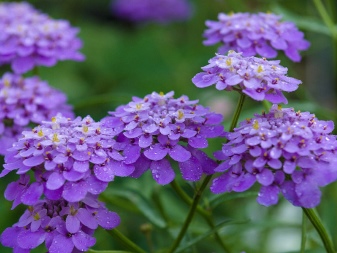
Iberis has a very interesting flowering. This plant blooms in spring in May or in August, usually blooms as luxuriously and variegated as possible, but, unfortunately, not too long - only about 8 weeks. The inflorescences produce fruits presented in the form of an oval or round two-sided pod. If the seeds are dried, their germination is able to persist for 4 long years. Many gardeners prefer to grow perennial Iberis from seeds. They are simply planted in well-prepared greenhouses, after which they are carefully looked after according to all the rules. There can be so many flowers that they will hide all the foliage behind them.

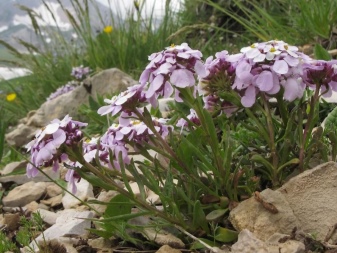
Types and varieties
There are many common types and varieties of Iberis. Different representatives of this family have their own distinctive features and external characteristics. Let's get to know them better.
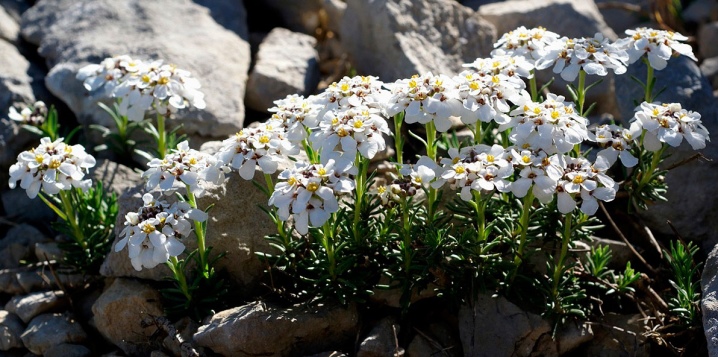
Bitter (Iberis amara)
Such a one-year-old pet is capable of reaching a height of 0.3 m in height. Shoots diverge from its root collar, on the surface of which you can notice a characteristic pubescence. Usually the leaf blades are inversely lanceolate. The leaves are arranged alternately and have a serrated edge. The diameter of the flowers is usually between 1.5 and 2 cm. Their color varies. They can be white or slightly lilac. Flowers are part of racemose inflorescences characterized by a columnar structure. Cultivation of this species began in the 16th century.
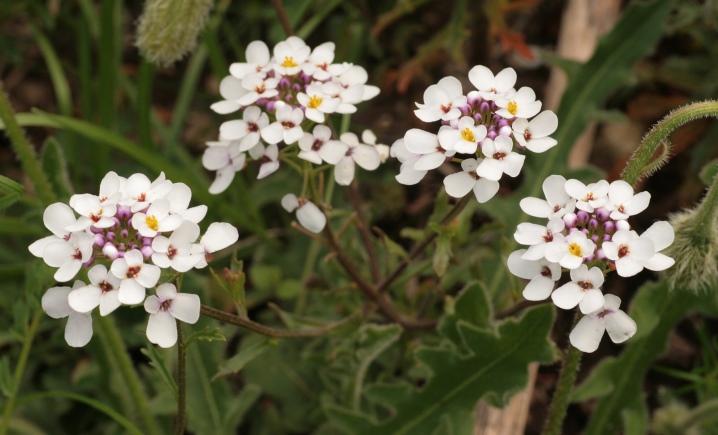
Several well-known varieties of bitter Iberis proved to be the most popular and in demand.
- "Tom Tumb". In height, representatives of this variety range from 12 to 15 cm. The flowers of the plants are distinguished by a simple but attractive snow-white color.
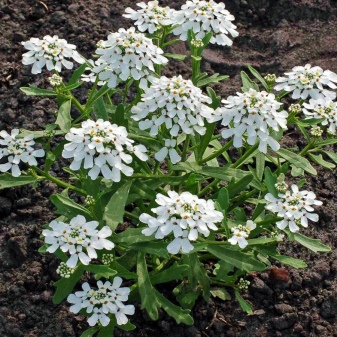
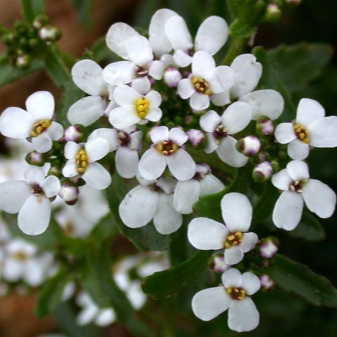
- "Hyacintenblutige Riesen". The height of the specified bush is most often 0.36 m. The flowers are characterized by a delicate lilac shade.
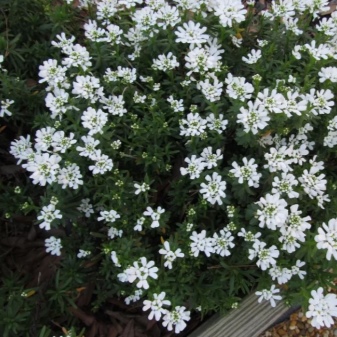
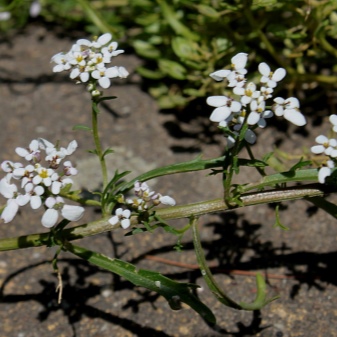
- Weiss Riesen. The height of these bushes rarely exceeds 0.3 m.The flowers are white.
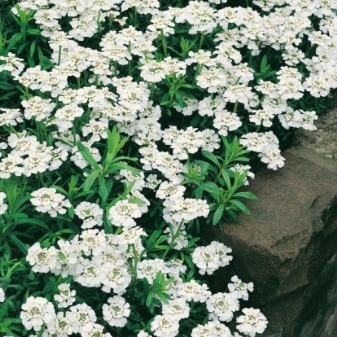
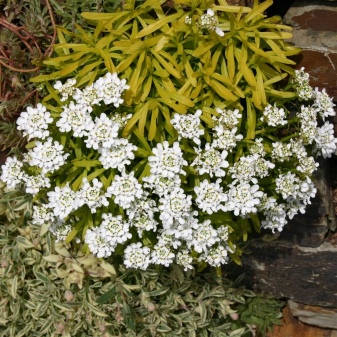
- "Hyacinth". Gorgeous annual grade. The flowers are very similar to hyacinths. The stems grow up to 20-25 cm.
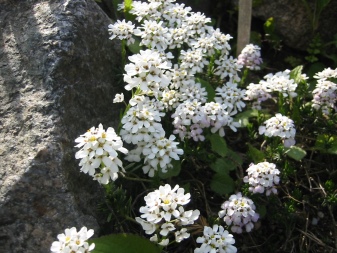
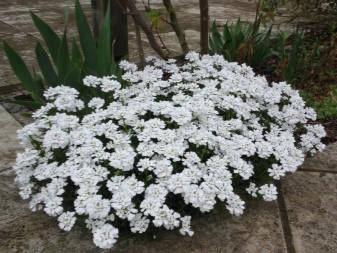
Umbrella
Spectacular annual. Its height parameter can reach 0.4 m. The shoots are branched, have a smooth structure and grow naked. The leaves also grow alternately and are lanceolate. The flowers exude a very pleasant, unobtrusive aroma. They can be painted in a wide variety of colors - from lilac to white. Flowers are included in a combination of inflorescences that are naturally corymbose. From the moment of sowing to the beginning of flowering, it usually takes no more than 8-10 weeks. In most cases, flowering itself takes 8 weeks.
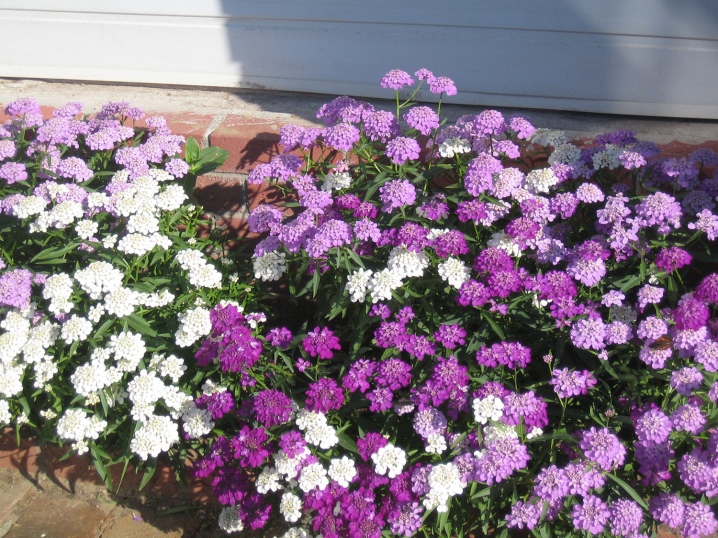
There are several of the most popular and common varieties of umbrella flowers. Below are some of them.
- Fairy Mixtche. The named bush can grow up to 20-25 cm in height. It is usually presented as a seed mixture with a variety of colors.
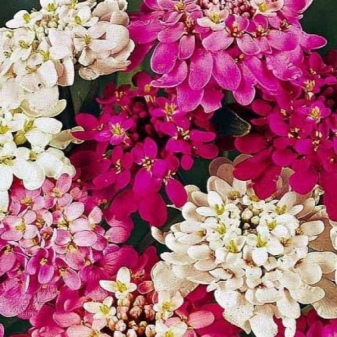
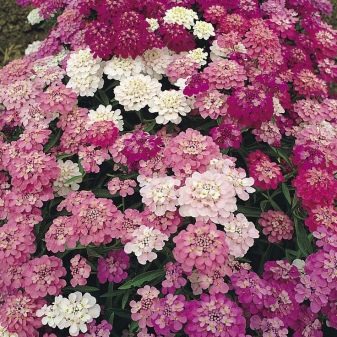
- Red Rash. The average height of these bushes is 0.3 m. The flowers are easily recognizable by their attractive carmine-red color.


- "Confetti". Sun-loving variety. Plants reach a height of 35 cm. They are annuals. Easy to grow, but very colorful and beautiful.
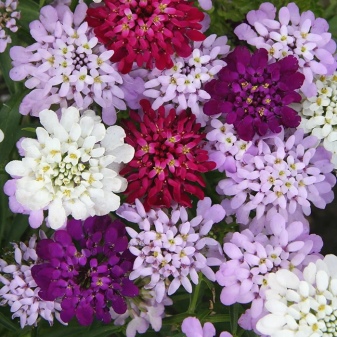
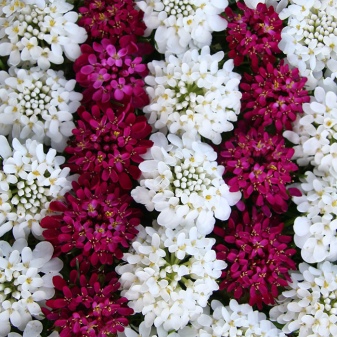
- "Pink Dream". A very aromatic variety, it is distinguished by incredibly beautiful flowers of a delicate pink color. With such plants, the garden can sparkle with new colors.
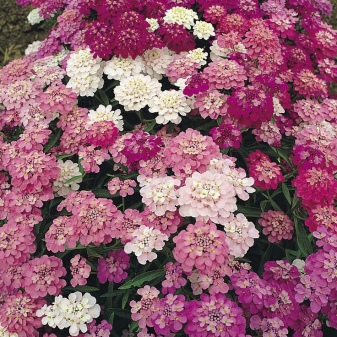
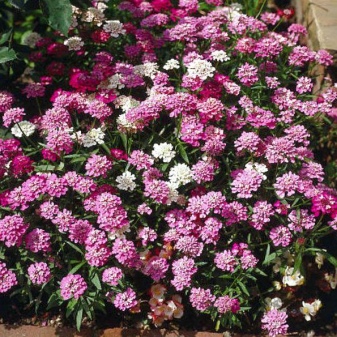
Evergreen
The current type of Iberis, which is preferred by many gardeners. Such representatives of the culture are semi-dwarf perennial plants. Their usual height ranges from 0.3 to 0.4 m. The leaf blades are characterized by an oblong configuration, their length is usually 7 cm. The edges of the foliage are holistic, the surface flaunts with gloss. The color is dark green. Inflorescences of evergreen plants are in the shape of an umbrella. Their average diameter is 5 cm. The flowers are snow-white in color, and their diameter is about 15 mm. The plant in question blooms gorgeous for 20 days. In certain situations, during the last summer days, you can witness re-flowering.
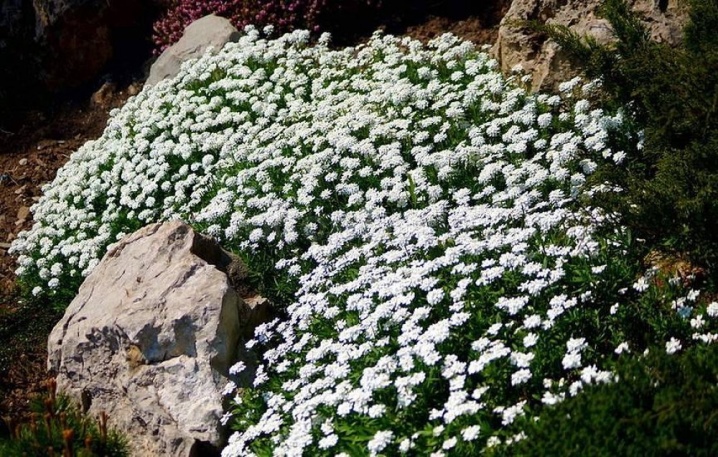
The most famous and popular varieties of evergreen Iberis are the options listed below.
- Dana. Low bushes, the growth of which rarely exceeds 15 cm. They are distinguished by abundant flowering.
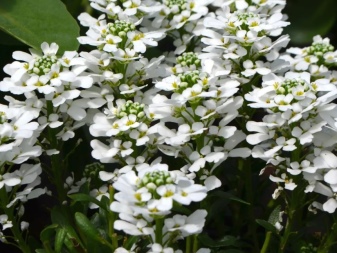
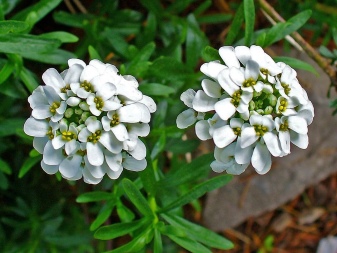
- Snowflake. A very spectacular, beautiful plant. Rarely grows up to 40 cm in height. It is famous for its surprisingly bright and lush flowering.

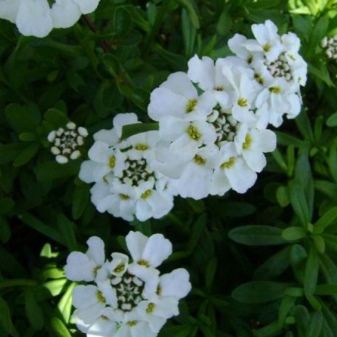
- "Snowflake". Perennial shrub. It has snow-white flowers with a diameter of 1.5 cm. It grows well in drained, fertilized soil.
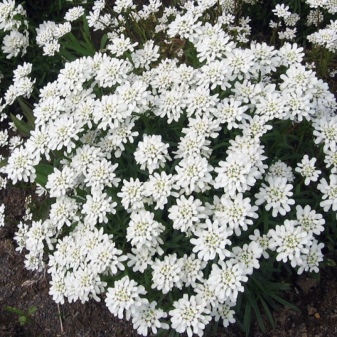
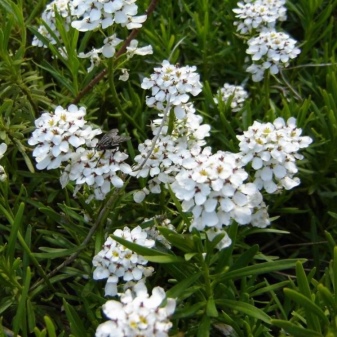
- "Whiteout". A beautiful perennial with a height of 15-20 cm. Perfectly aligned both in flowering and in growth. He doesn't need pinches.
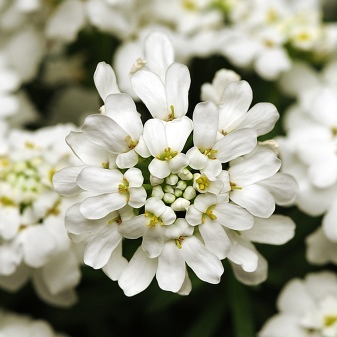
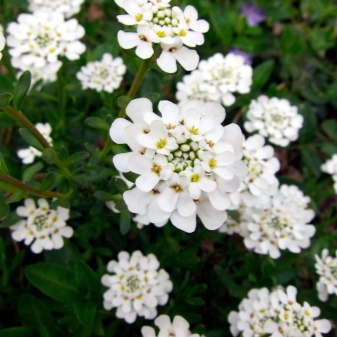
Gibraltar
Iberis of this variety is considered semi-evergreen. On his bush there are a large number of small and delicate flowers that have a beautiful pink color. The average diameter of the bushes reaches 0.4 m, and their average height is 0.25 m.
- "Gibraltar" does not lose its decorative effect throughout the season. It is a winter-hardy variety.
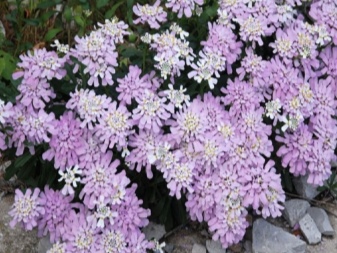
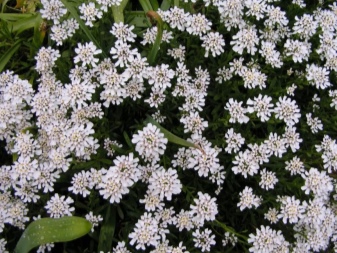
- The most popular and frequently encountered variety is considered to be called "Gibraltar Candytaft"... On his bush, flowers with a beautiful lilac color attract attention. Gradually they change their colors to snow-white.

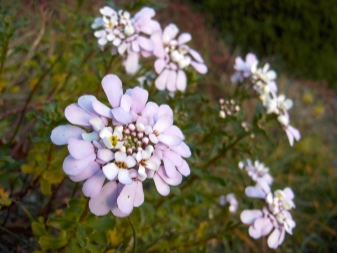
- And the variety is also popular "Alexandrite"... It is represented by low-growing plants that grow in a short time. The inflorescences are lilac-white. The bush is highly branched, elegant looking.
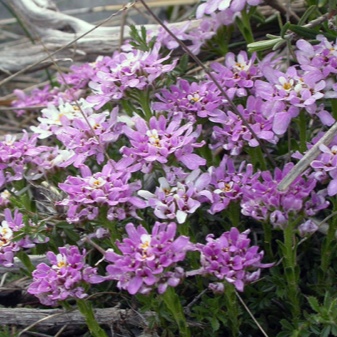
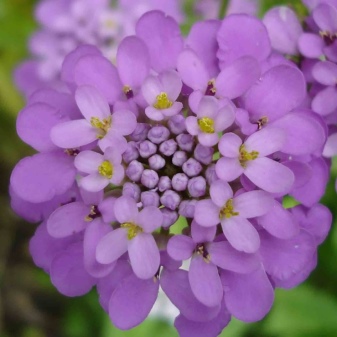
- No less famous "Chameleon", changing its color from lilac to delicate white. It is a ground cover perennial with fragrant inflorescences.
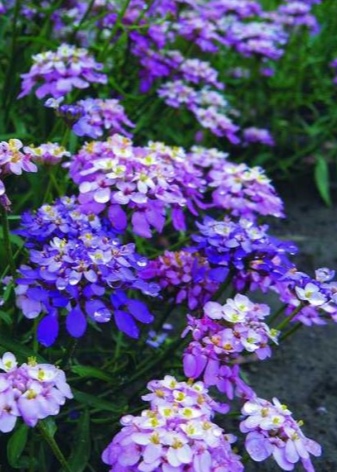

Crimean
The height parameter of the bushes belonging to the Crimean species can be only from 5 to 10 cm. These are not the tallest plants with green-gray leaf blades.The latter are distinguished by characteristic pubescence on the upper part. The buds of the variety are purple in color, and the already opened flowers are white.
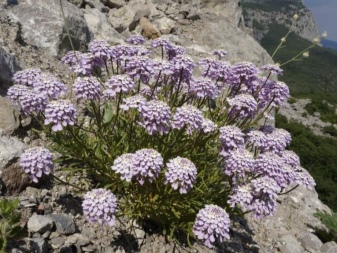
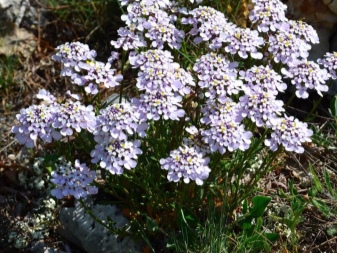
Rocky
Nice view of Iberis. The height of these evergreen representatives of the family can be from 10 to 15 cm. The formation of dense clumps with a neat rounded shape is allowed. When such a plant is in the flowering stage, an interesting effect is formed that it is slightly dusted with snow. All of these plants have an attractive appearance and exude a pleasant aroma. Such green pets can be a spectacular decoration for a garden plot or a local area.
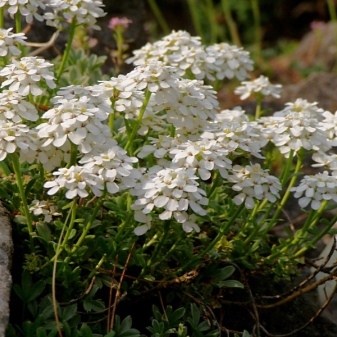

Especially noteworthy is the "Sweet Candy" border variety, the flowers of which are either white or deep purple in color. A gorgeous plant that can be planted in open ground from mid-May.
Growing from seeds
Iberis can be grown from seeds planted in time in a suitable and prepared soil in advance. Sowing is usually carried out in the 2nd half of April, when the risk of frost is minimized. The best air temperature will be + 10 ... 15 degrees Celsius. But we must not forget about the possible overheating of the earth. If it is not yet fully warmed up, it is recommended to wait a little with planting at least until the end of the month. To achieve constant flowering, the seeds must be planted, taking a break of 2-3 weeks.
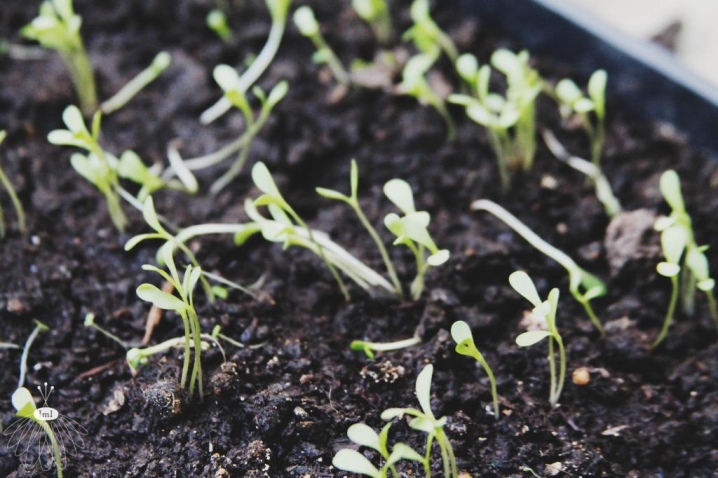
For subsequent planting, it is advisable to select a site on which there is loamy or rocky soil. The place should be illuminated for sufficient time by the rays of the sun. We must not forget about soil drainage - excess moisture poses the maximum danger to flower roots. In such conditions, the plant will not live long, since it will inevitably begin to rot.
Consider what should be the sequence of actions for planting seeds in the ground.
- First, you need to carefully dig holes, the depth of which is no more than 10 cm. A distance of 12-15 cm should be left between them - it will be quite enough. The last point should not be neglected, since it is very important - on fertile soil, the plant in question can grow too much.
- Next, you need to distribute the seeds, and sprinkle a little earth on them. Plants should not be planted too deep. If necessary, the soil will need to be slightly moistened. Various varieties of Iberian (the second name of Iberis) are recommended to be placed at a noticeable distance from each other. Otherwise, there is a risk of over-pollination.
- Then you just have to wait until the first sprouts hatch. They will need to be thinned out as carefully and thoroughly as possible. The space between individual bushes should be about 20-25 cm.
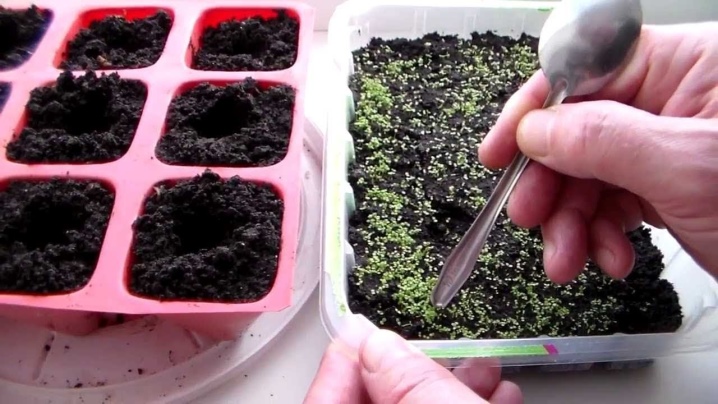
To ensure the optimum moisture content of the substrate, it is advisable to cover the container on top with a piece of glass. Next, the container must be moved to a warm place, well lit by the sun. You will need moderate watering and only if absolutely necessary. It is imperative to use a sprayer. A pick when growing for seedlings is not needed.
If the temperature indicator is from +18 to +20 degrees, sprouts can be expected after 7-10 days. If the temperature is about +15 degrees, then it will take about 14-20 days. You can grow a culture from seeds in another way - by preparing seedlings. It is better to set aside such work at the very beginning of spring. It is necessary to prepare loose soil. The seeds should be immersed in it to a depth of 1 mm. On top you need sand filling - the layer should be small.
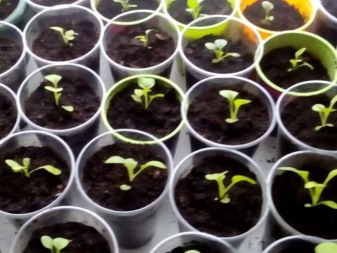
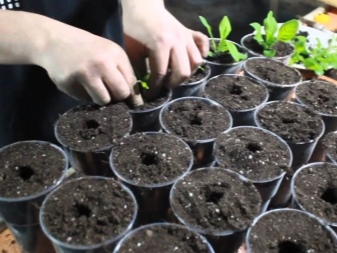
How to plant in open ground?
As soon as the seedlings are properly rooted, you can start planting them in the ground at the site. This should be done only after all frosts have passed. It is necessary to choose a place with good access to sunlight, rocky soil. Seedling material must be planted according to certain rules.
- Seedlings will need to be carefully removed from the original container for further planting in a flower bed or garden bed. The procedure should be carried out as carefully as possible - the roots should not be damaged in any case. Seedlings must be removed together with the earthy lump.
- The bushes are planted in the soil, leaving a distance of 12-15 cm.
- The earth will need to be properly tamped, and the sprouts will need to be watered.
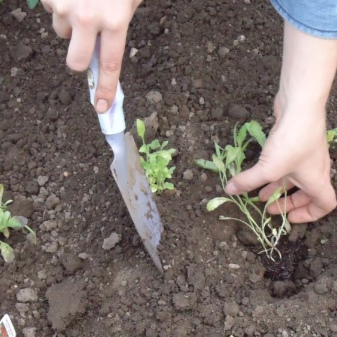
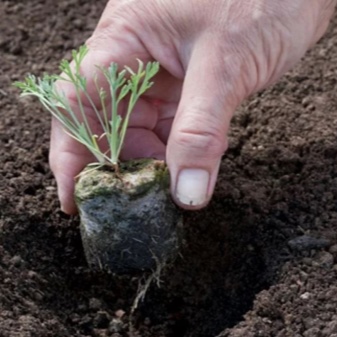
You can plant several different varieties at the same time, but leave sufficient distance between them.
How to take care of it properly?
Iberis cannot be left without proper care. Let's take a look at how you need to properly care for this plant. Watering this plant is required only if the dry weather persists in the yard. Watering must be moderate. Keep the soil loosened. There is no need to feed Iberis, but if you add complex fertilizers to the soil a couple of times, then the flowering will only be more abundant.
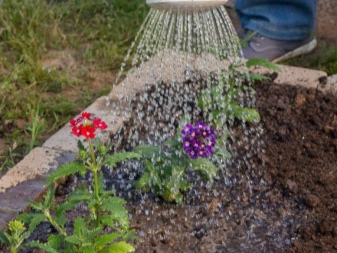
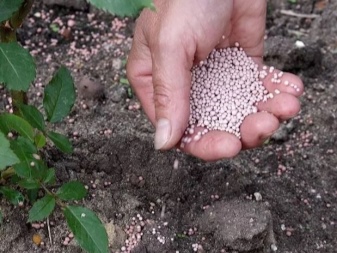
It is important to remove wilted flowers in time. And it is also required to cut the stems one third of the length after the flowering period. This is done so that the overgrown bushes of the plant look more neat, well-groomed and aesthetically pleasing. If you are growing perennial Iberis, then in 5 years it will need the correct seating. This is due to the fact that with age, the flowers of the culture in question become smaller, lose their decorative qualities.
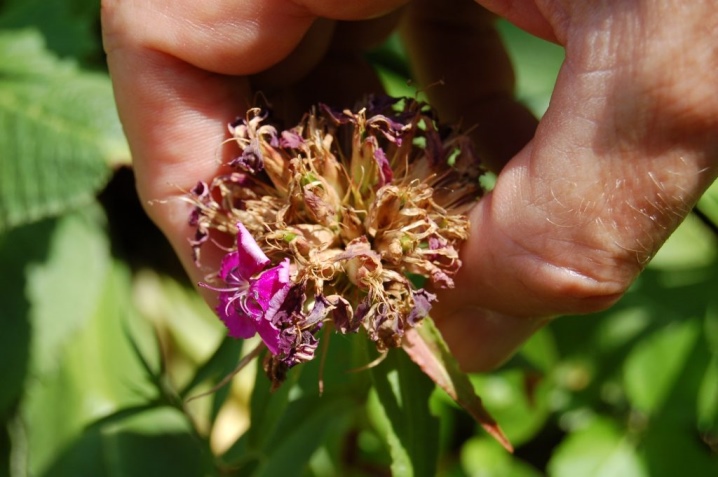
Post-flowering period
After the completion of the flowering stage, the Iberis needs special care that cannot be neglected. Let's take a closer look at what and how to do it.
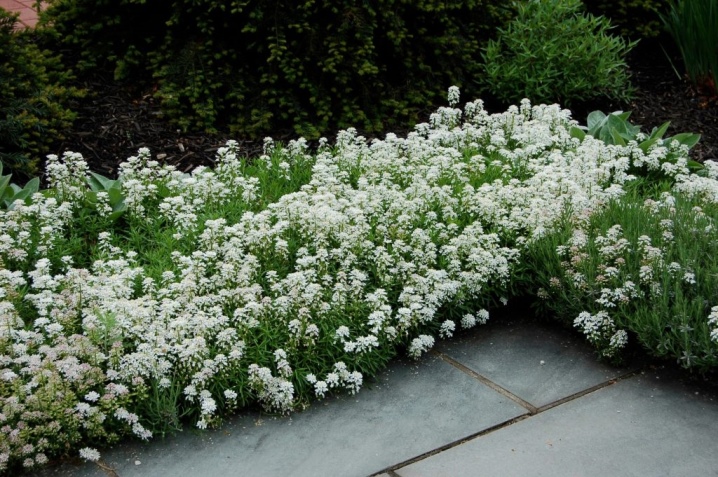
Seed collection
So that flower plantings do not lose their attractive appearance, after flowering, it is required to trim the stems. It is necessary to remove no more than 1/3 of their length. The pods that appear in the place of flowers can be harvested as seed to obtain seeds.
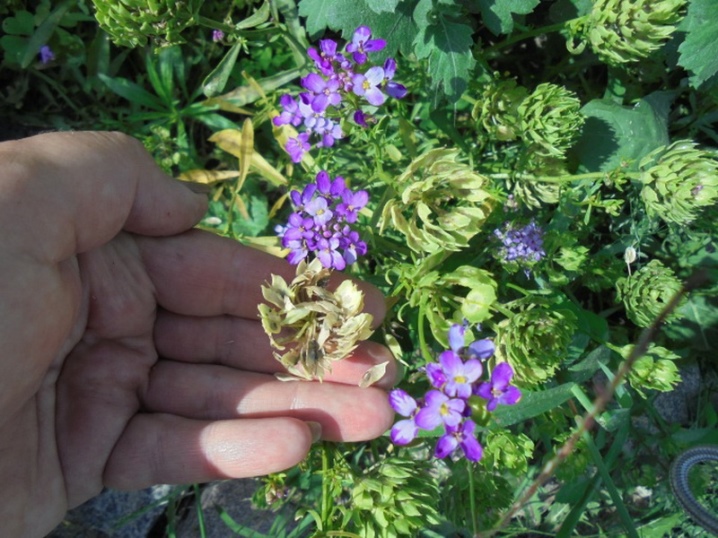
Wintering
Despite the fact that Iberis is frost-hardy / winter-hardy, and winter time is not so dangerous for it, gardeners still recommend preparing it for the cold season if the flowers are planted in temperate or harsh climates. If the plant blooms in a southern climate, a small amount of compost should be added to the ground around it in the last autumn decade. But here it is important not to overdo it, otherwise the bushes will grow too much in the future.
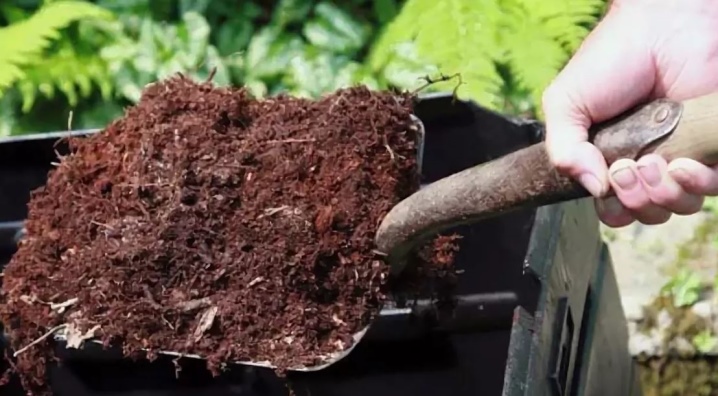
If Iberis grows in a region with harsh, but snowless winters, then the flowers will need to be covered with spruce branches, dried brushwood, leaves. Hay powder is also suitable.
Reproduction methods
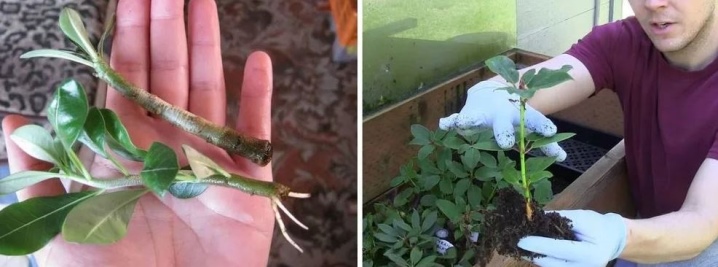
Sometimes the polyethylene should be removed to ventilate the flowers. Sprouted and rooted cuttings should be planted in the fall. Before planting, it is advisable to treat the soil with antifungal drugs.
You can propagate the plant by dividing it. The optimal time for this is May. This method cannot be called the best because of the straight and elongated root system. It is necessary to take a perennial bush, very carefully dug out of the ground. It is important not to damage the roots. Further, it must be equally neatly divided into several parts. Each of the bushes should have good roots. The previously separated parts are soaked in a composition that will stimulate plant growth, literally for several hours. Then you need to dig holes with a distance between them, as in the case of seedlings. The bushes are planted in prepared, loose soil. The easiest way to reproduce Iberis is by seed. Seeds can be bought at a specialized gardening store, and then you can collect them yourself on your own garden plot - each gardener chooses for himself what is more convenient to do.
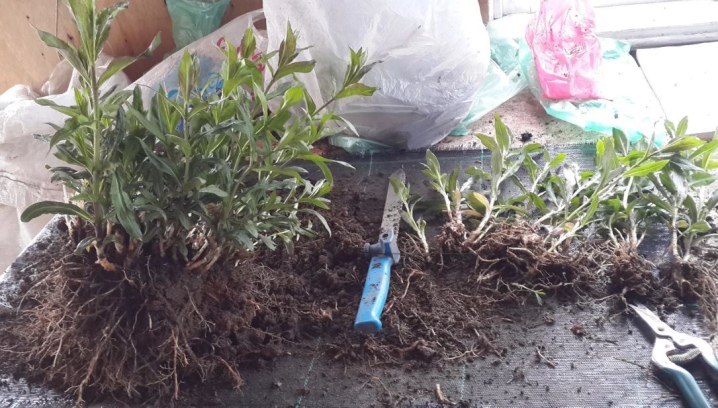
Diseases and pests
Handsome Iberis, along with many other cultures, can suffer from various diseases. Dangerous pests, which can cause significant damage to the health of the plant, were not spared. The gardener's task is to identify problems that have arisen in time and deal with them correctly. Otherwise, green pets may die or infect other plantings in their environment.
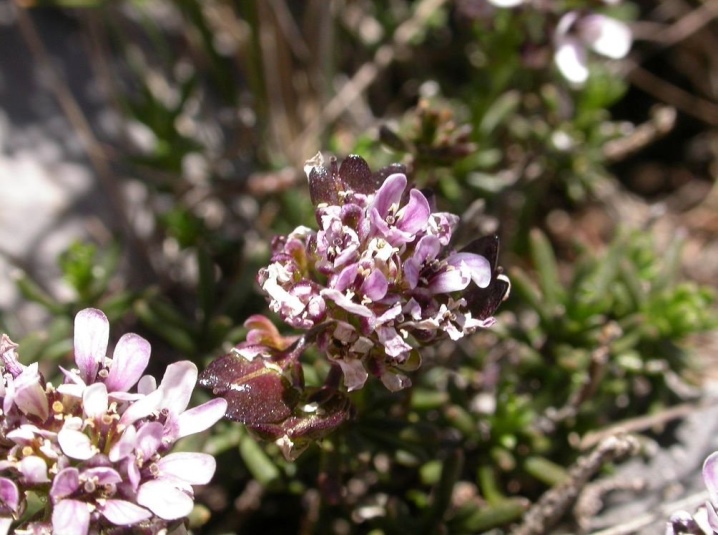
Mealybugs, cabbage aphids or strawberry flea can cause serious harm to Iberis. So, a flea leaves noticeable round holes on the leaf plates of plants. You can get rid of this parasite by moistening the ground around the bush. Cabbage aphids can be neutralized by treating the culture with the composition of potash soap in liquid form (based on 400 g per 10 liters of water). If after the first spraying not all aphids were destroyed, then the treatment can be carried out again, but only after a week.
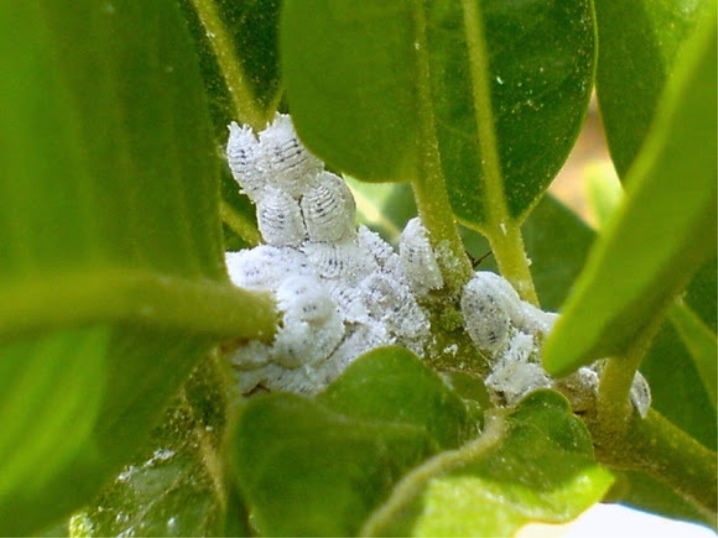
Mealybugs can severely harm Iberis. To get rid of them, it is necessary to spray the plant with compounds like "Aktar", "Fitoverm" or "Mospilan"... Don't expect to get rid of these parasites in one go. After a week or two, you will have to repeat the described treatment. Iberis has a vulnerable root system, which is why it is susceptible to dangerous fungal diseases. In order not to face such ailments, before planting, the bush should be watered with a fungicide. If rot still affects the rhizomes, the diseased plant will need to be destroyed as soon as possible. The soil under it must be disinfected.


Gardeners who grow Iberis on their plots should always keep the condition of the plants under control. At the first "hints" of any ailments / pests, you need to immediately take the necessary steps to treat them. But Iberis cannot be called too painful a plant. The main thing is to grow it in conditions suitable for that, providing proper care.
Useful Tips
If you are planning to decorate the garden with Iberis, it is worthwhile to arm yourself with a few recommendations.
- For growing in a domestic climate, experienced gardeners recommend choosing perennial varieties. They easily outlast the winter and look smart for several years.
- It should be borne in mind that not all varieties of Iberis exude a pleasant and inviting aroma. Some cultures cannot boast of such qualities.
- Iberian is a wonderful neighbor for other low-growing flowers in the same flower bed.
- Iberis can be used to make beautiful bouquets. These flowers can often be found in the bride's bouquet.
- Don't forget to remove wilted flowers if you want the Iberis to grow lush and healthy.
- Fine sand used for seedlings can only be used after thorough washing.
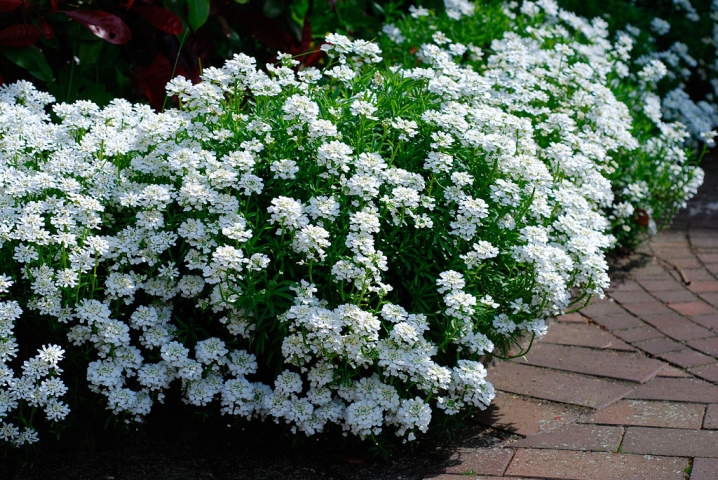
Use in landscape design
Iberis is a good decoration and addition to landscape design. The plant is beautiful and attracts a lot of attention. It looks interesting both as a single and group landing. Iberis is often used by designers to frame flower beds or form charming alpine slides. This flower looks especially gorgeous and elegant in the company of dwarf creeping crops. For absolutely any garden plot, another safe option is suitable - a combination of miniature Iberis flowers and large inflorescences of marigolds, bells or gazanias.
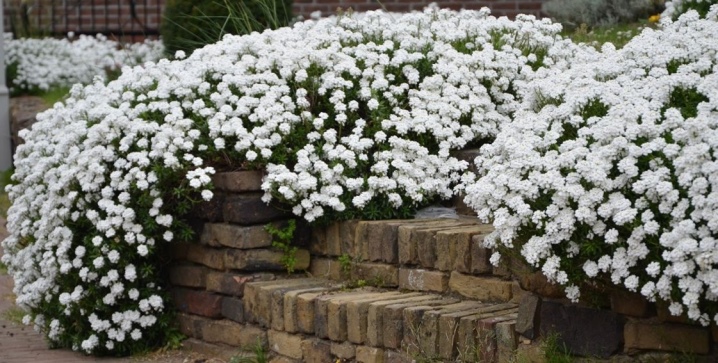
An unusual and beautifully considered flower looks like if you plant it on a rocky slope in a group planting. This is a spectacular alternative to the classic alpine slides.Such decorations will transform the garden, make it fresher, more hospitable and peaceful.
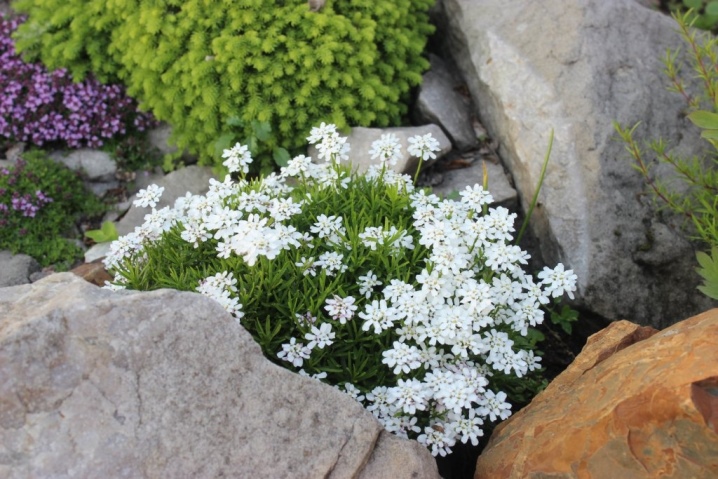
The color of Iberis petals is gentle, calm, pastel. For this reason, the specified plant can be safely combined with flowers of almost any color - all of them will be in harmony with the mentioned neutral colors.
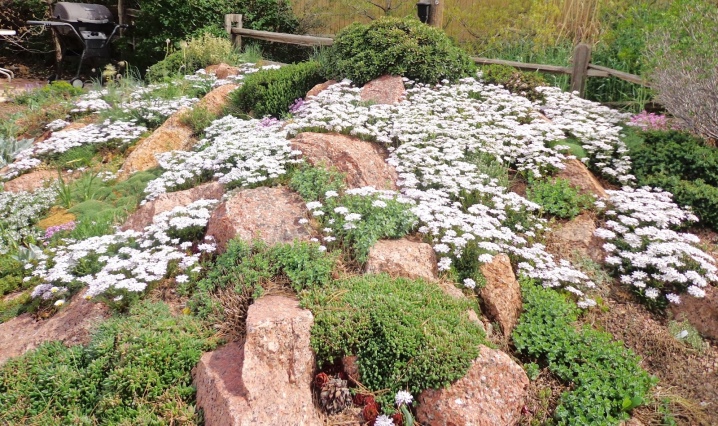
For information on how to properly care for Iberis, see the next video.







































































































The comment was sent successfully.